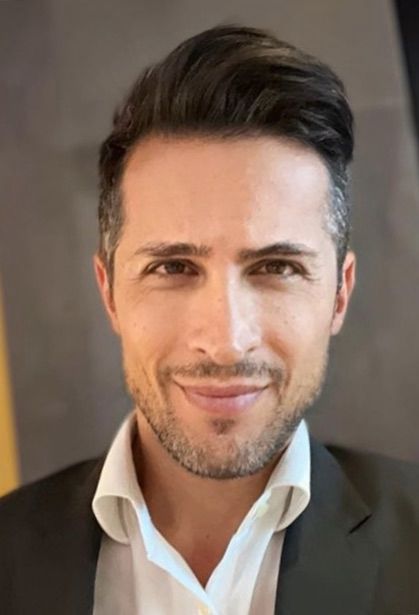
As mining faces unprecedented pressure to become safer, smarter, and more sustainable, Nokia is leading the charge with its Cognitive Digital Mine (CDM) platform. In this in-depth interview, Lelio Di Martino, General Manager of CDM at Nokia, reveals how the company is redefining mining through AI-powered autonomy, resilient connectivity, and a holistic approach to digital transformation. From strategic partnerships and real-world innovation to a culture rooted in Bell Labs’ legacy, Di Martino shares how Nokia is not only shaping the future of mining, but also setting the stage for cross-industry digital evolution.
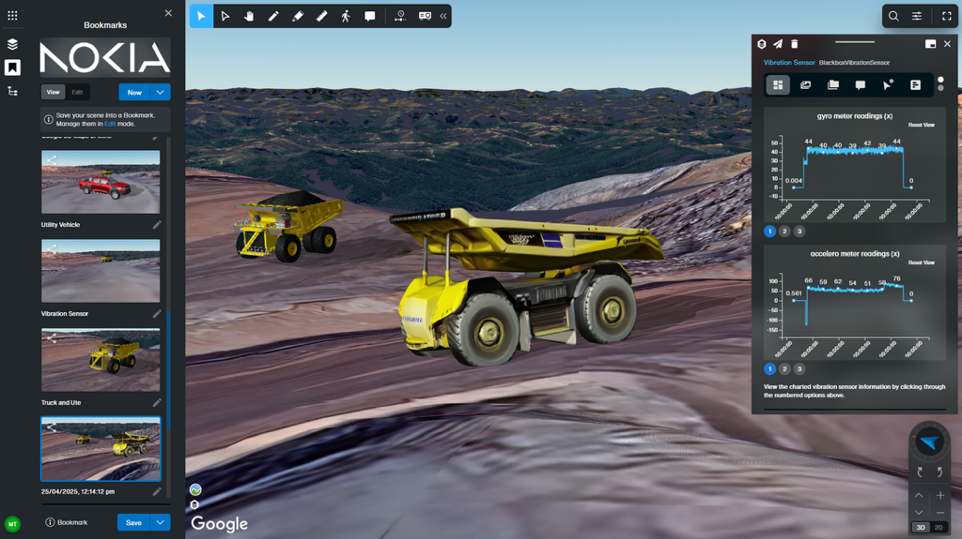
Mining Technology (MT): How does Nokia’s vision for cognitive mining align with the broader transformation currently underway in the mining industry?

Discover B2B Marketing That Performs
Combine business intelligence and editorial excellence to reach engaged professionals across 36 leading media platforms.
Lelio: Mining is undergoing a seismic shift — from manual and reactive to intelligent, autonomous, and data-driven. And that’s exactly where our Cognitive Digital Mine, or CDM, comes in. We don’t just see mines as extraction sites, but as dynamic systems that can sense, think, and act in real time. CDM isn’t just adapting to this shift — it’s accelerating it by embedding intelligence directly into operations, making them more adaptive and resilient.
Take the move from automation to autonomy. Instead of just automating machines, we’re enabling entire systems to make decisions at the edge — like a truck detecting driver fatigue, a drill adjusting to terrain, or a plant optimizing throughput — all powered by AI running on our rugged Black Box.
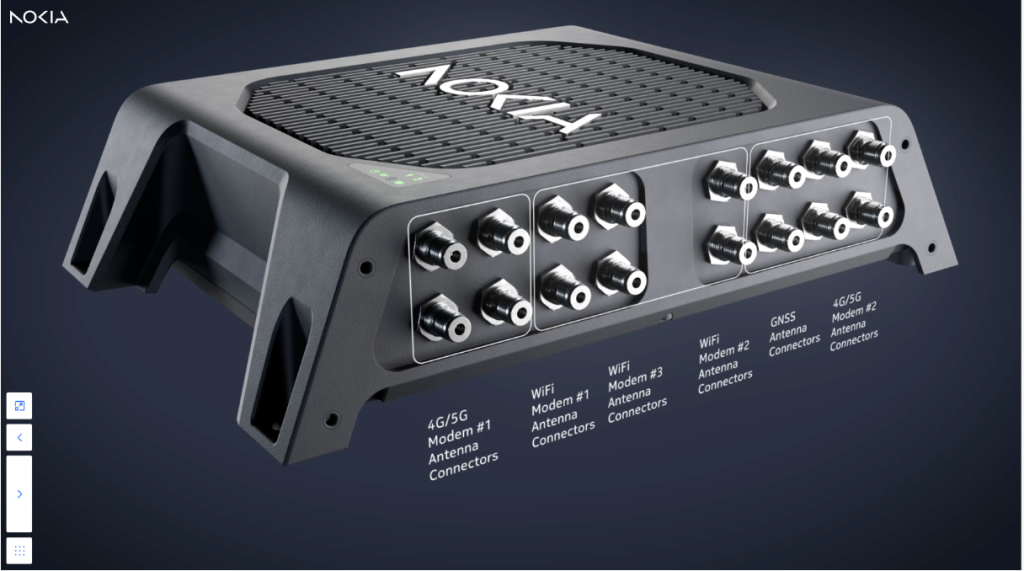
But intelligence needs robust connectivity. With CDM, it’s not just about having signal — it’s about smart, resilient networks. We optimize links dynamically: bonding dual 5G, switching across triple Wi-Fi radios, or falling back to satellite — all driven by SLA requirements. In mining, a single connection failure can cost millions or risk lives. That’s why CDM is built to deliver — rugged, intelligent, and ready for the real world.
MT: In what ways do you see cognitive mining technologies redefining the role of connectivity and automation in mining over the next decade?
Lelio: Cognitive mining and cognitive operations in general will flip the script on the meaning of connectivity and automation. Connectivity won’t just be about coverage anymore — it will become intelligent, adaptive. Networks will dynamically prioritize the most urgent data, reroute around failures, and guarantee performance for everything from autonomous trucks to real-time video analytics. Think of it as a living nervous system, constantly sensing and adjusting to the pulse of the mine. At the same time, automation will evolve into something far more powerful: cognition at the edge. Machines won’t just follow scripts — they’ll understand their environment, anticipate problems, and act autonomously. Imagine drills that adjust on the fly, haul trucks that optimize their own routes, or systems that detect and solve issues before humans even notice, even when connectivity falls short. The mine of the future will be constantly adapting and will be able to think for itself.
MT: What strategic considerations led Nokia to focus on mining as a key vertical for your industrial IoT and AI/ML innovations?
Lelio: Mining is one of the most demanding and fundamental industries on the planet. If you think about it, mining is the perfect storm of challenges and opportunities: extreme environments, remote operations, mission-critical safety needs, and massive potential for automation. These are the same conditions where our strengths in resilient connectivity, edge intelligence, and AI/ML truly shine. This is also why at Nokia Bell Labs we decided to invest first with research and then with a full-blown solution. Mining is indeed a high-impact proving ground. If our technology can deliver reliable AI-driven decisions, self-healing networks, and real-time optimization in a remote open-pit mine — it can work anywhere. That credibility unlocks adjacent verticals like oil & gas, defense, and utilities, and it can inspire solutions to many other domains, including subsea and space. Then there is also the timing factor: mining is indeed under unprecedented pressure to transform and evolve fast. Overall, minerals from iron to rare earth had never been so important for humanity as now.
In few words, mining is a strategic bet: where the stakes are high, the problems are hard, and the value of cognitive technology is undeniable. Here our legacy of solving “Bell Labs-hard” problems comes in handy.
MT: Can you elaborate on the importance of partnerships, such as the one with Vale, in accelerating the adoption of advanced digital solutions in mining?
Lelio: Innovation doesn’t happen in isolation and in a closed lab environment. Working with Vale allows us to co-develop, test, and deploy technologies directly in operational environments, not just in labs. That means we’re solving real problems, with real data, under real constraints — and accelerating time to impact.
Vale brings operational scale, strategic vision, innovation in its DNA, and a relentless drive for safety, efficiency, and sustainability — and Bell Labs brings deep-tech expertise, a legacy of breakthrough innovation, and the ability to turn the world’s hardest problems into real-world solutions. Together, we’re not just digitizing mines — we’re co-creating the blueprint for the mine of the future. And we are making it faster than we could do alone.
MT: What differentiates Nokia’s approach to cognitive mining from other digital transformation initiatives in the sector?
Lelio: What sets Nokia apart in cognitive mining is our holistic approach and here is the example. mining operations depend on the network— but network reliability, especially at the edge, also depends on how operations are carried out. Movement patterns, equipment orientation, terrain — all directly influence signal performance and latency. One depends on the other. That interdependency is exactly why our approach is different. We break the traditional silos between IT, OT, and network teams. We treat the mine like a nervous system — one that can sense, think, and act. By combining AI-driven insights with adaptive, self-healing connectivity, we build networks that don’t just connect operations — they understand them. That’s how we are building the future of mining: holistic, resilient, and truly cognitive.
MT: How does the integration of IT and OT systems within your platform create new opportunities for mining operators?
Lelio: Let me answer with an example of a common scenario: a drop in hauling productivity. Today, it’s not unusual for teams to spend weeks trying to diagnose the cause — is it road degradation, scheduling conflicts, logistical delays, network outages, or even something as simple as dust or weather? The challenge isn’t lack of data — it’s that the data is fragmented across systems, departments, and timeframes. Traditionally, IT and OT operate in silos — and that disconnect causes delays, blind spots, and reactive firefighting. By merging IT and OT into one cognitive platform, CDM transforms the mine into a living system — one that senses, learns, and adapts in real time. That’s not just digital transformation. That’s intelligent mining. The integration of IT and OT within the CDM platform unlocks a new frontier for mining operators where data doesn’t just inform decisions, it drives autonomous, adaptive action. With CDM, we also put a giant AI-based magnifying glass in the hands of each IT and OT team, so they can spot patterns, correlations, and early warning signs before productivity is lost.
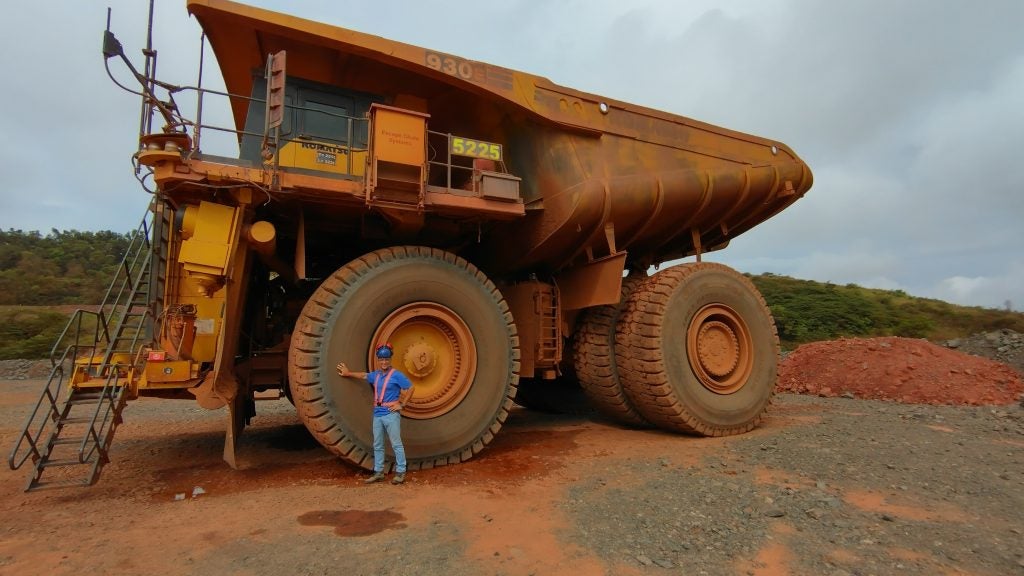
MT: Beyond productivity and safety, how does Nokia’s technology contribute to the sustainability goals of mining companies?
Lelio: Here the observation is easy: if you don’t measure you cannot control and it’s about making real-time decisions that reduce impact while keeping operations efficient. That’s exactly where we make the difference. With our Cognitive Digital Mine platform and the Black Box at the edge, we give mining companies the tools to see and act on environmental data in the moment — not after the fact. What if instead of looking only to bare productivity we looked at productivity, given the environmental (and operational!) cost? Dust, noise, fuel consumption and vibration can be tracked in real time — so operators can reroute trucks or adjust operations before thresholds are crossed. And we integrate equipment data with maintenance planning to extend asset life and reduce material waste. It’s not just smarter mining — it’s more responsible mining, powered by real-time intelligence.
MT: What role do you see cognitive platforms playing in supporting responsible resource management and environmental stewardship?
Lelio: Cognitive platforms like Nokia’s CDM are becoming essential tools for responsible resource management. Why? Because you can’t manage what you can’t see — and you can’t act fast if your data is slow. In a world where accountability matters, cognitive platforms give mining companies the ability to move from reactive reporting to proactive stewardship.
MT: What have been the most significant challenges in deploying cognitive mining solutions in large-scale, real-world environments?
Lelio: Is there anything that is not challenging in mining? For starters, every mine is different. Different geology, equipment, network layouts, best practices, and operational culture. There’s no one-size-fits-all. That’s why we didn’t build a point solution — we built a platform. Another big challenge is data and knowledge fragmentation. Mining sites are rich in data, but it’s locked in silos — fleet systems, maintenance logs, environmental sensors, network telemetry. And it seems that there is not a single team (or tens of them!) to know clearly the entire picture, as a reflection of that fragmentation. But the real key? We never stopped learning. A few years ago, we started with a box held together with tape and zip ties, just gathering network data. And from that gritty starting point, we built a structured learning process inside Bell Labs to capture every insight, every failure, every workaround — and feed it straight back into our design thinking. That learning structure led us to define what it means to make a mine truly cognitive.
That mindset — grounded in the dust of the mine, but guided by the curiosity of a Bell Labs researcher — is what set CDM on its path to success. We didn’t just build tech for mining. We co-evolved with it. We thought outside the box — and sometimes from inside a dusty box. Man, that was (and still is!) challenging. But that is also what makes the journey so rewarding! But that’s the essence of innovation in the real world — not perfection out of the gate, but resilience, humility, and relentless iteration there where it matters, i.e., boots on the ground in the mine.
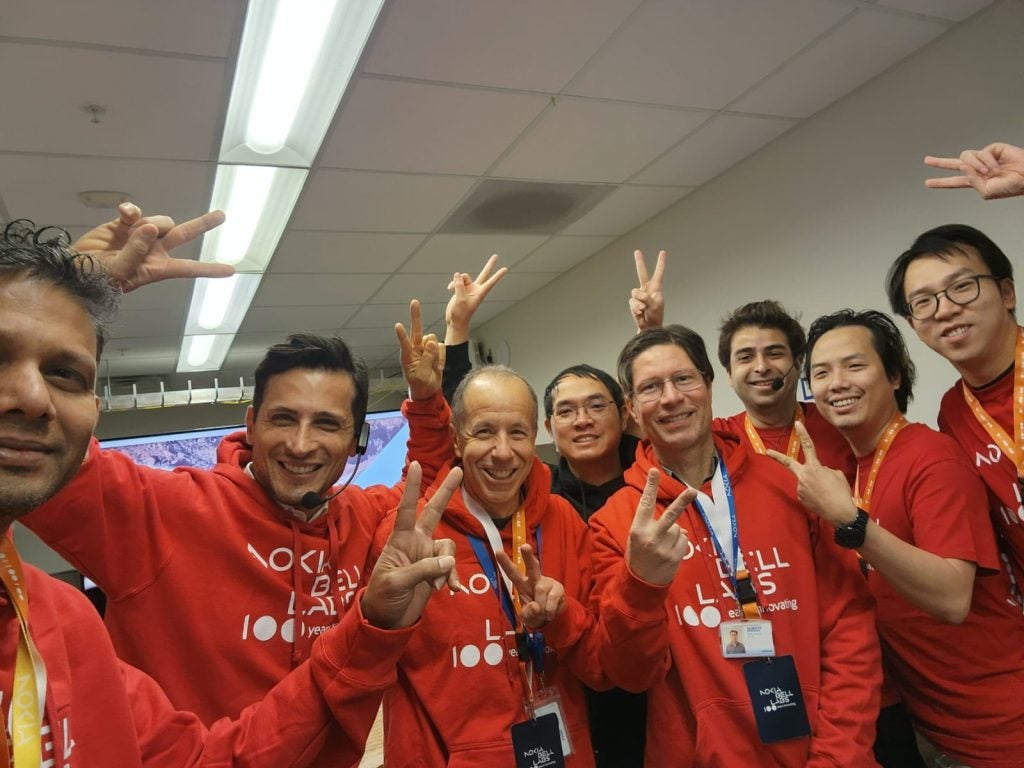
MT: How has Nokia addressed issues related to data security, interoperability, and change management in such complex operational settings?
Lelio: Security and trust is a key pillar in Nokia’s vision for a digital world. We are not leaving any stone unturned. Security best practice are applied at the full stack — from the Black Box at the edge to the cloud. Our solutions runs on customer premises within their networks and militarized perimeters. No data gets in or out. On interoperability, we built CDM as a platform. And when it comes to change management, we work hand-in-hand with operators. We don’t just deploy — we co-design, train, and are willing to listen to include new features in our roadmap. We started from an experiment in a mine. That is our DNA, and we listen for new demands.
MT: How do you envision the role of the human workforce evolving as mines become increasingly autonomous and data-driven?
Lelio: As mines become more autonomous, the human role evolves — from manual control to strategic oversight and tele operations. Overall, wouldn’t mining be safer if we removed totally people from harm’s way? Cognitive mining doesn’t replace people — it empowers them to work smarter, safer, and with greater purpose. The future is human + machine, working together from safe and less dusty places.
MT: Do you see potential for the cognitive digital mine platform to be adapted for other heavy industries or mission-critical environments?
Lelio: Definitely. At its core, CDM is modular, AI-driven platform that brings together edge computing, real-time data, resilient connectivity, and system-wide intelligence. That makes it highly adaptable to other heavy industries and mission-critical environments — from oil & gas and ports to defense, and rail. Anywhere you have complex operations, harsh conditions, and high-stakes decision-making, the CDM architecture can deliver value. We’re already exploring applications beyond mining, using the same principles: sense, think, and act — in real time, at the edge.
MT: What lessons from your mining initiatives could be applied to accelerate digital transformation in other sectors?
Lelio: Mining taught us that real transformation doesn’t start with technology — it starts with solving real, operational pain points and show value, not limited to any specific technical domain, but geared toward the goal of the specific business. And, that real innovation happens when science and boots hit the ground, with empowered people. Everything that the Nokia and Bell Labs culture excels into.
MT: What does receiving the Mining Technology R&D Excellence Award mean for Nokia and your teams?
Lelio: For Nokia and our team, it means the industry recognizes that we’re not just talking about innovation — we’re delivering it, in the field, under real-world conditions. From the first prototype with zip ties and duct tape to today’s ruggedized, AI-powered Black Box and the full Cognitive Digital Mine platform, this award celebrates years of bold thinking, hands-on engineering, and relentless iteration were we didn’t take a “no, can’t do” for an option.
But more than that, it reflects our belief that mining can be safer, smarter, and more sustainable — if we put intelligence where it matters. This award belongs to my team working in the dust, the scientists at Bell Labs, and the partners who trusted us to co-create the future of mining. It’s not the finish line — it’s fuel to go further.
MT: How do you foster a culture of innovation and risk-taking within Nokia to continually push the boundaries of what’s possible in industrial technology?
Lelio: At Nokia Bell Labs we come from a legacy that gave the world the transistor, the laser, and information theory. That legacy gives us permission — and responsibility — to challenge assumptions, take risks, and solve problems others haven’t dared to touch. We don’t chase trends. We build what’s next. In the context of industrial technology, especially in mining, this means thinking like scientists and building like engineers. We embed our teams deep in the field, prototype fast — even with zip ties if needed — and constantly ask: let me put on my Bell Lab’s researcher’s hat and let me think what would a Bell Labs mind do here?
We foster a culture where people are encouraged to take risks with purpose, to learn from failure, and to work across disciplines — just like the early Bell Labs teams who sat physicists next to metallurgists, coders next to field techs.
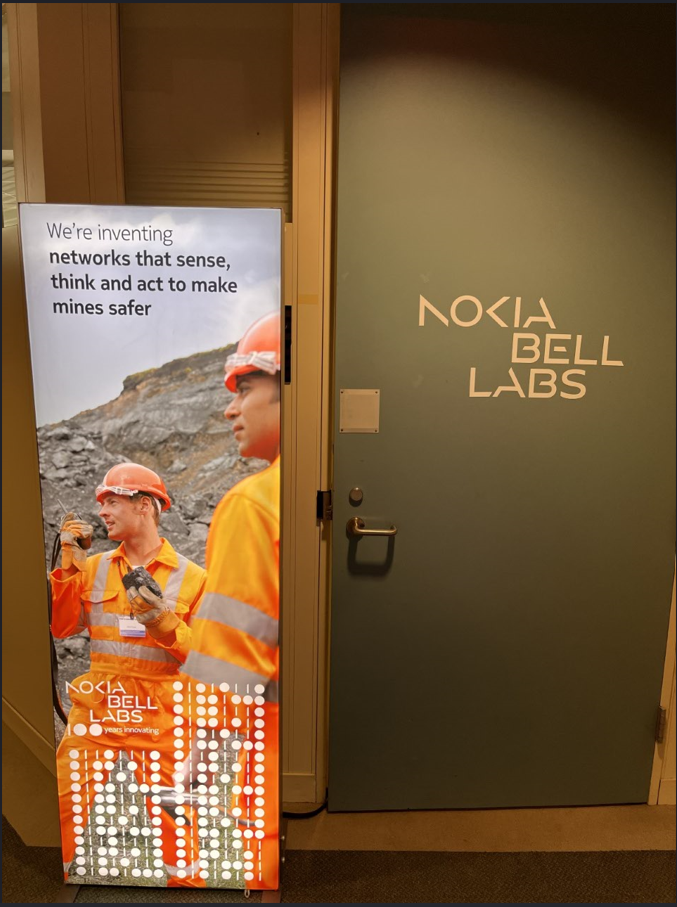
That’s what drives our work on the Cognitive Digital Mine. We didn’t start with a roadmap — we started with a question: How can we make machines in a mine sense, think, and act like a living system? That curiosity — paired with scientific rigor and operational grit — is what keeps pushing us forward. To me, honoring the Bell Labs legacy means pushing the boundaries of what’s possible — and doing it where it matters most.
MT: Thank you for your insights. Is there anything else you would like to share about Nokia’s ongoing commitment to shaping the future of mining and industrial operations?
Lelio: Absolutely. At Nokia — and especially within Bell Labs — we see mining not just as a vertical, but as a proving ground for what’s possible in the future of industrial operations. Our commitment goes beyond technology. We’re working side-by-side with partners to solve real-world problems — in the dust, the noise, and the complexity of live environments. That’s how we’ve built the Cognitive Digital Mine: not in isolation, but through iteration, trust, and shared ambition.
And this year, as Bell Labs celebrates 100 years of world-changing innovation, we’re proud to carry that legacy forward — not just in labs, but in the field, solving the toughest industrial challenges on the planet. What drives us is the belief that industrial systems can be intelligent, adaptive, and sustainable — without compromising safety or performance. Mining is just the beginning. We’re here to lead that transformation — and we’re just getting started.
MT: Lelio, thank you for sharing your time and insights with us. It’s clear that Nokia’s approach—grounded in real-world collaboration, relentless innovation, and a deep commitment to both operational excellence and sustainability—is setting a new benchmark for what’s possible in mining and beyond. We appreciate your candor and vision, and look forward to seeing how you and your team continue to shape the future of industrial technology.





